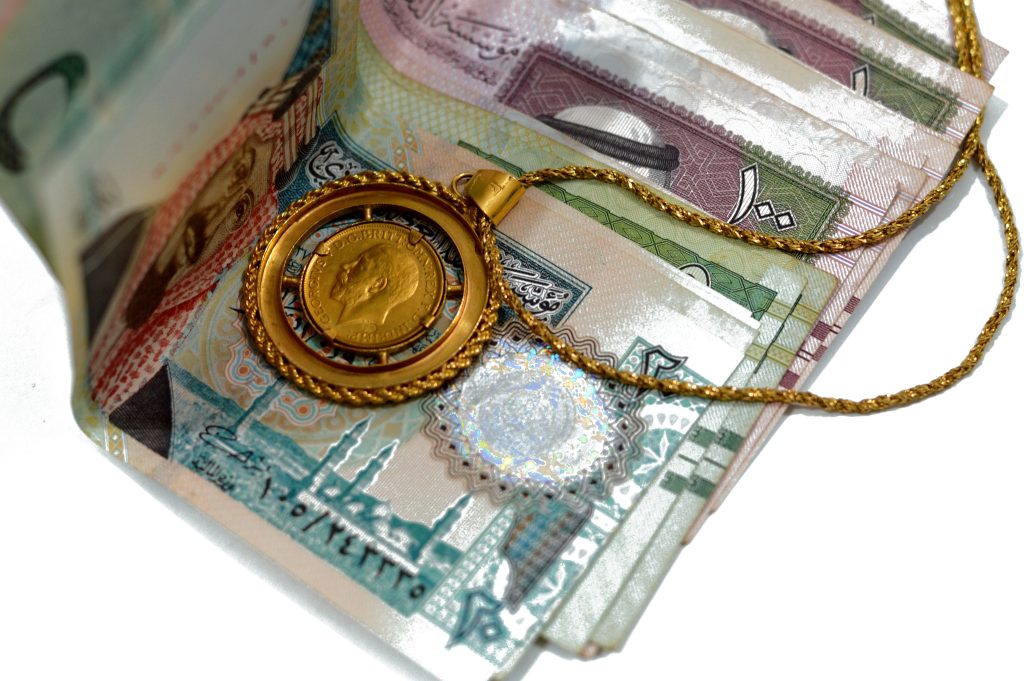Saudi Arabia has reduced its benchmark interest rate from 6% to 5.5%, following a 50-basis-point cut by the central bank. This decision aligns with the US Federal Reserve’s recent rate reduction, marking a shift after two years of increases aimed at controlling inflation.
Gulf Cooperation Council (GCC) central banks, including Saudi Arabia, adjusted their rates due to their currencies being pegged to the US dollar. Anuj Goel from Century Private Wealth noted that the rate cut could significantly benefit Saudi Arabia’s non-oil sectors, particularly construction and services, thereby aiding the Kingdom’s Vision 2030 diversification efforts.
Lower interest rates are expected to ease financial pressures on businesses and households, boost domestic spending, and improve corporate cash flow. The Saudi central bank, SAMA, stated the rate cut is aimed at preserving monetary stability.
This is the first rate cut in over four years, reflecting progress on inflation and a reassessment of economic risks. The policy shift is anticipated to stimulate corporate activities and lending, especially in the real estate sector, which has seen substantial growth.
GCC countries could leverage lower borrowing costs to drive investment in infrastructure, technology, and innovation, crucial to the long-term goals of Saudi Vision 2030. This initiative aims to reduce dependence on oil revenues and strengthen Saudi Arabia’s position in innovation and sustainable development.
Lower rates are expected to significantly impact corporate lending, particularly benefiting capital-intensive sectors like real estate, construction, and infrastructure. This is vital as Saudi Arabia continues to invest in large-scale projects under Vision 2030.
For Saudi banks, the rate cut presents opportunities and challenges. While it encourages more borrowing, potentially driving growth in lending portfolios, it also compresses profit margins from loans. Despite this, banks posted record-high profits recently, indicating strong performance.
Goel highlighted that the real estate market, which has seen price increases, could grow further due to lower interest rates, especially as Riyadh attracts more expatriates. However, the combination of rate cuts and ongoing economic stimulus might spark inflationary pressures, particularly in the housing sector.
Following the US Federal Reserve’s decision, central banks in the UAE and Bahrain also lowered their rates by 50 basis points. Qatar reduced its rates by 55 basis points, while Kuwait made a modest 25-basis-point reduction. These moves reflect the GCC’s alignment with global trends while considering local economic conditions.
Lower rates in the US can ease funding pressures in the Gulf, especially with a weaker oil-price outlook. Reduced interest rates in the Gulf support investment programs and alleviate financial strains from lower oil revenues, aiding economic development and infrastructure projects.
